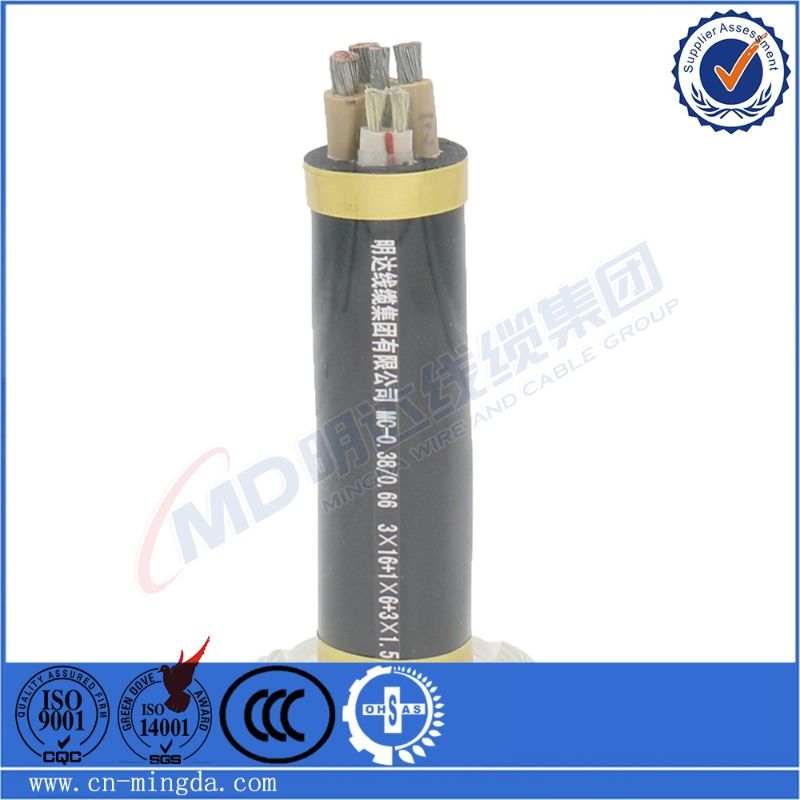Nov . 18, 2024 06:26 Back to list
Manual Air Valve Operation Guide for Optimal Performance and Maintenance Tips
Understanding Manual Air Valves Functionality, Types, and Applications
Manual air valves are integral components in various industrial and mechanical systems, playing a crucial role in regulating airflow and ensuring efficiency in operations. These valves are designed to control the passage of air within a system manually, thus providing operators with the flexibility to adjust airflow according to specific requirements. This article will explore the functionality, types, and applications of manual air valves, shedding light on their significance in different industries.
Functionality of Manual Air Valves
At their core, manual air valves offer a straightforward mechanism to control air flow. They work on the principle of opening or closing the passage of air through a valve body, which can be adjusted with a handle, lever, or knob. When the valve is opened, air can freely flow through the system, and when it is closed, the airflow is obstructed, allowing for better control of pressure and system dynamics.
Manual air valves can also serve various additional functions, such as
1. Air Release They are used to release excess air from systems to prevent pressure buildup, which could potentially lead to equipment failure. 2. Isolation These valves can isolate different parts of an air system, allowing for maintenance or inspection without shutting down the entire system. 3. Regulation By controlling the flow rate of air, these valves help maintain optimal conditions for processes that require specific airflow characteristics.
Types of Manual Air Valves
There are several types of manual air valves, each designed to meet different requirements and applications
. Some common types include1. Ball Valves Featuring a spherical disc, ball valves are known for their durability and effective sealing. They provide tight closure and can quickly switch between open and closed states, making them ideal for applications that require a reliable shut-off mechanism.
2. Gate Valves Used primarily for on/off control, gate valves operate by raising and lowering a gate within the valve body. They are suitable for applications where minimal pressure drop is required during operation.
manual air valve

3. Globe Valves These valves are designed to regulate flow and can provide finer control than gate valves. The fluid travels in a straight line that is altered by a movable plug or disc.
4. Butterfly Valves With a disc that rotates within the flow path, butterfly valves are lightweight and require less space for installation. They are commonly used in large diameter pipes for throttling or isolation purposes.
5. Check Valves While not a conventional manual valve, check valves can be used to prevent backflow in a system, ensuring that air flows in one direction.
Applications of Manual Air Valves
Manual air valves are utilized in a wide array of applications across various industries
- HVAC Systems In heating, ventilation, and air conditioning systems, manual air valves are essential for controlling airflow to improve indoor air quality and comfort levels. - Manufacturing Many manufacturing processes require precise air control for pneumatic systems, tool operation, and assembly lines. Manual air valves help in managing the air supply to these systems effectively.
- Automotive In automotive applications, manual air valves are used for regulating air in engines, exhaust systems, and in pneumatic tools.
- Construction and Civil Engineering Air valves play a vital role in pneumatic conveyance systems, which transport materials like concrete and aggregates.
Conclusion
Manual air valves are essential components for air control in a multitude of systems. By providing manual control over airflow, these valves enhance operational efficiency, improve safety, and extend the lifespan of equipment. Understanding the various types of manual air valves and their applications enables engineers and operators to make informed decisions when designing or maintaining compressed air systems. By integrating the right manual air valve, industries can ensure that their operations run smoothly and effectively, meeting the challenges of today's fast-paced industrial environments.
Share
-
Reliable Wafer Type Butterfly Valves for Every IndustryNewsJul.25,2025
-
Reliable Flow Control Begins with the Right Ball Check ValveNewsJul.25,2025
-
Precision Flow Control Starts with Quality ValvesNewsJul.25,2025
-
Industrial Flow Control ReliabilityNewsJul.25,2025
-
Engineered for Efficiency Gate Valves That Power Industrial PerformanceNewsJul.25,2025
-
Empowering Infrastructure Through Quality ManufacturingNewsJul.25,2025